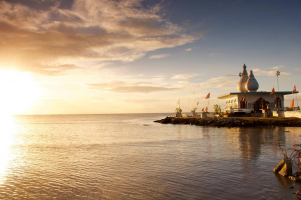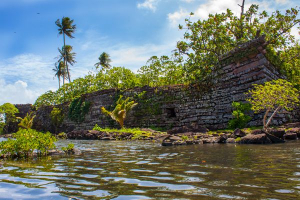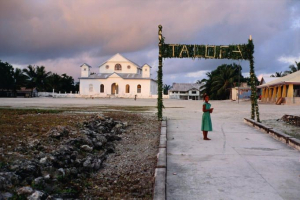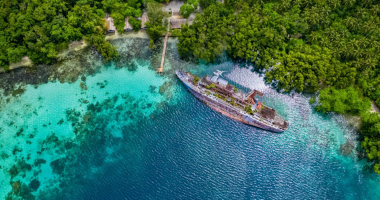Top 5 Most Beautiful Historical Sites in Mexico
Mexico's history is as extensive and varied as the nation itself. Its pre-Hispanic civilizations created some of the world's most impressive archaeological ... read more...sites, like as towering pyramids and Mayan temples. The architecture of the Spanish colonial era is distinguished by a variety of magnificent cities, tree-shaded plazas, and finely sculpted stone churches and houses. Modern Mexico is home to a variety of galleries and institutions that are greatly influenced by iconic painters such as Frida Kahlo. Here are 5 most beautiful historical sites in Mexico to visit.
-
Despite its massive crowds, Chichén Itzá, which means "mouth of the well of the Itzáes" in Mayan, is the most beautiful ruin well worth seeing for its outstanding, iconic buildings and historical significance.
Chichén Itzá is a Pre-Columbian city in Cancun, Mexico, with Mayan ruins and ancient archaeological sites. This attraction, located on Mexico's Yucatan Peninsula, attracts millions of visitors each year from all over the world. This UNESCO World Heritage Site attracts to tourists of all ages, with most spending roughly two hours exploring this intriguing insight into the past.
During the spring equinox, visitors to Chichén Itzá are treated to a famous light-and-shadow spectacle on the facade of the Temple of Kukulcán. Passing light and shadows on the equinox day create the illusion of a feathered snake slithering down the side of the pyramid. The city also has unique acoustical characteristics, beautiful sculptures, and magnificent mosaics.
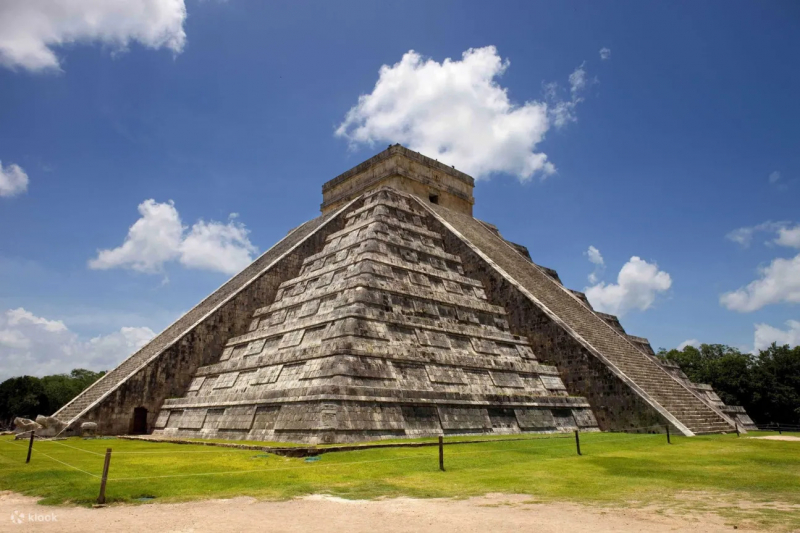
Photo: klook.com 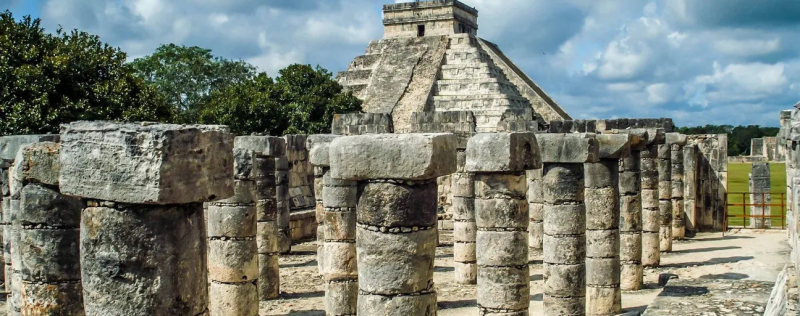
Photo: klook.com -
Teotihuacán is an ancient Mesoamerican metropolis located in the state of Mexico, 40 kilometers (25 km) northeast of modern-day Mexico City, in a sub-valley of the Valley of Mexico that reached its peak as the biggest city in the pre-Columbian Americas around 2,000 years ago. Some of the most spectacular Mesoamerican pyramids are still standing today, and they're astonishingly well-preserved as a UNESCO World Heritage Site. Visiting this city is like going back in time, so it's no surprise that it is considered one of the most beautiful historical sites in Mexico and attracts millions of people each year.
The Pyramid of the Moon, a pyramid and temple that dominates practically the whole region, is one of Teotihuacán's main attractions. The pyramid, which was finished in the fifth century, has a long history of being utilized for numerous rites and astronomical observation. Furthermore, the pyramid conceals an earlier building, explaining its historical function as a burial ground.
While the Pyramid of the Moon is spectacular, the Pyramid of the Sun is the biggest in Teotihuacán. This huge pyramid, with a height of more than 200 feet and a base diameter of 2,608 feet, inspires astonishment in visitors. When you climb the steps, you may see the remnants of a temple.

Photo: hotels.com 
Photo: hotels.com -
El Tajín is one of Mexico's most important and best-preserved archaeological monuments. This pre-Columbian settlement is surrounded by verdant hills and is located in the state of Veracruz, a few kilometers from the town of Papantla. It is the legacy of the Totonac civilization, which for a long period was overshadowed by their mighty Aztec neighbors, who were well entrenched in the Central Mexican Plateau.
The massive remains of El Tajín are dominated by a pyramidal structure known as Pirámide los Nichos (Pyramid of the Niches). This stone structure has seven floors and 365 square windows on all four sides. These would symbolize each day of the year and constitute a civil calendar with astronomical functions. Archaeologists have discovered approximately 200 additional buildings, just a tiny percentage of which may be explored.
According to experts, El Tajín is mainly unexplored and has numerous secrets. No other pre-Columbian site, for example, has as many ball fields. For many years, the archaeological zone of El Tajín has been linked to the neighboring Parque Takilhsukut, a cultural and musical center dedicated to Totonac traditions. Every day, a spectacular display of flying men takes place in front of the pre-Hispanic city's main gate. This distinguishing feature, the ball game, is unquestionably fundamental to Mesoamerican societies. This panel is well represented in the National Museum of Anthropology in Mexico City. In the Green Area of the Gulf Coast Room, we may stroll right up to diverse features of the Gulf Cultures.

Photo: istockphoto.com 
Photo: getdailyart.com -
Uxmal is a classical Maya city and one of the most beautiful historical sites in Mexico. It is regarded as one of the most important Maya archaeological sites, alongside Palenque, Chichen Itza, and Calakmul in Mexico, Caracol and Xunantunich in Belize, and Tikal in Guatemala. It is located in the Puuc area of the eastern Yucatán Peninsula and is regarded as one of the Maya settlements most emblematic of the region's main architectural style. In acknowledgment of its importance, it has been named a UNESCO World Heritage Site.
Uxmal is one of the major Mayan cities on the Yucatán Peninsula. It consists of a complex of ceremonial ruins whose layout and architecture are usually regarded as the peak of Mayan civilization. The complex's focal point is the 35-meter-tall Pyramid of the Soothsayer, which is covered with a mix of symbolic themes and sculptures depicting Chaac, the Mayan rain deity.
Unlike other ancient Mesoamerican towns, Uxmal is not built up geometrically. Rather, it is spatially organized in accordance with astronomical occurrences such as the rising and setting of specific planets.

Photo: istockphoto.com 
Photo: lacgeo.com -
Zacatecas is the capital of the state of Zacatecas in north-central Mexico. It is located in the state's southernmost region, in a deep narrow valley about 8,200 feet (2,500 meters) above sea level. The name of the city means "place where zacate grass flourishes". It's one of the most beautiful historical places you should visit in your journey.
In 1993, the old center of Zacatecas has named a UNESCO World Heritage site. The cathedral, known for its intricately carved portico, was started in 1612 and finished in the mid-1700s. It housed European artworks as well as intricate silver and goldwork until the 1850s and 1860s, when reformists confiscated the majority of it. La Quemada (Chicomóztocenormous )'s pre-Columbian remains lie about 30 miles (50 km) south-southwest of the city.
The 18th-century Mala Noche (which translates as the "Bad Night Palace"), the gorgeous Calderón Theatre, and the pink stone-walled church with its soaring towers are among the major landmarks to see.
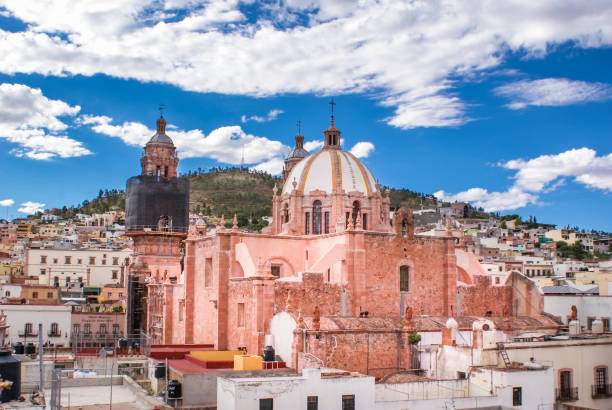
Photo: istockphoto.com 
Photo: istockphoto.com








